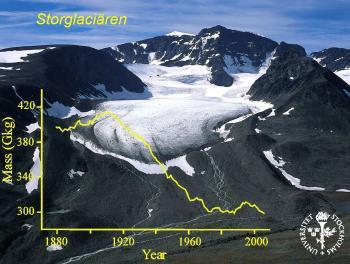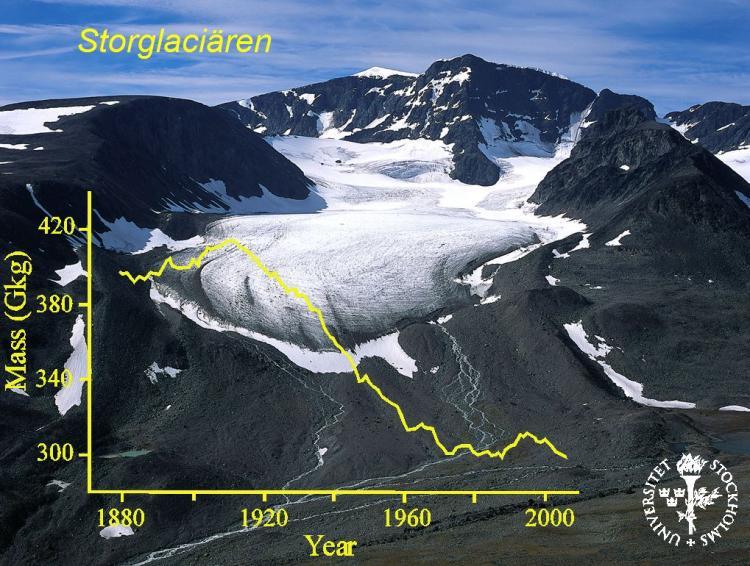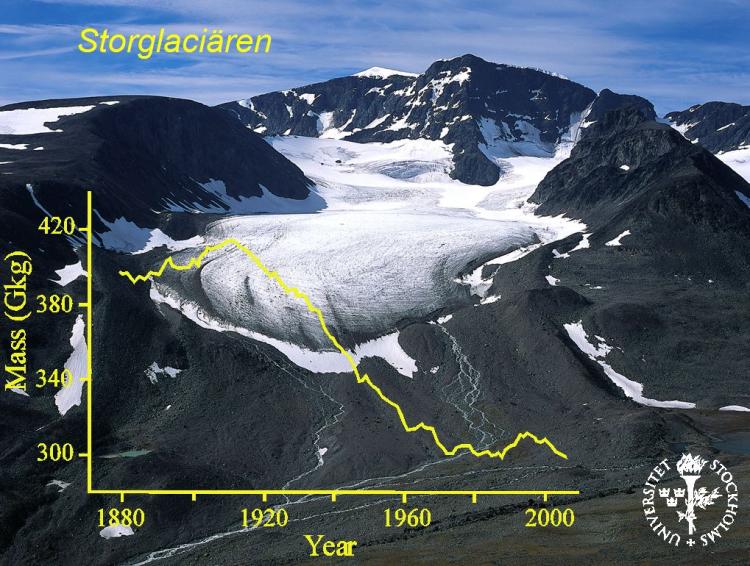GOTHENBURG—Sweden’s Kebnekaise mountain, which has been measured carefully for decades, is shrinking due to climate change.
Kebnekaise is Sweden’s highest mountain, situated in the Kiruna municipality in Lapland northern Sweden. It has two peaks of which Sydtoppen is the highest since it is a glacier. However, Sydtoppen is slowly melting away due to the climate change.
In the Kebnekaise Mountains are the beautiful Tarfala Valley, and in the valley there are four glaciers that are the most studied glaciers in the world, according to the website of Stockholm University. The University has a Research Station at an altitude of 1,135 meters above sea level in Tarfala Walley.
The first measurements of the glaciers were made during the winter of 1946. After that the measurements were made every summer and winter. The series of measurements are the longest of its kind. It has significance as a basis for international scientific studies of glaciers and climate.
During the winter, the researchers took measurements of how much snow and ice accumulated on the glacier, and during the summer they measured how much disappeared.
The measurements during the 1960’s became very precise and at the end of 1960’s Sydtoppen reached its highest, measured at 2,120 meters. After 1996, however, the peak started to diminish in height and volume and is now at a constant low level.
When Sweden’s highest peak was measured in 2009 it was 2,104 meters above sea level according to the Swedish public service company, SVT. Fortunately, the glacier is situated at high altitude with an average annual temperature of minus 10 degrees Celsius. The Glacier will therefore react later to the warming of the climate. The top of the glacier is more sensitive to climate change due to its reduced width and volume.




